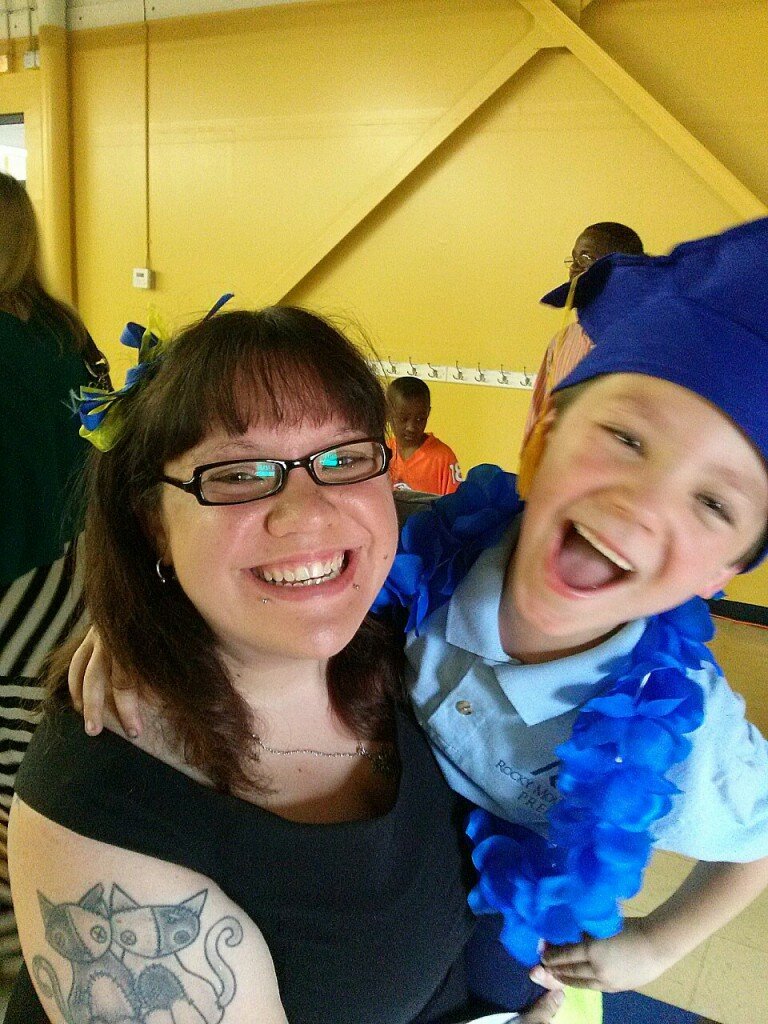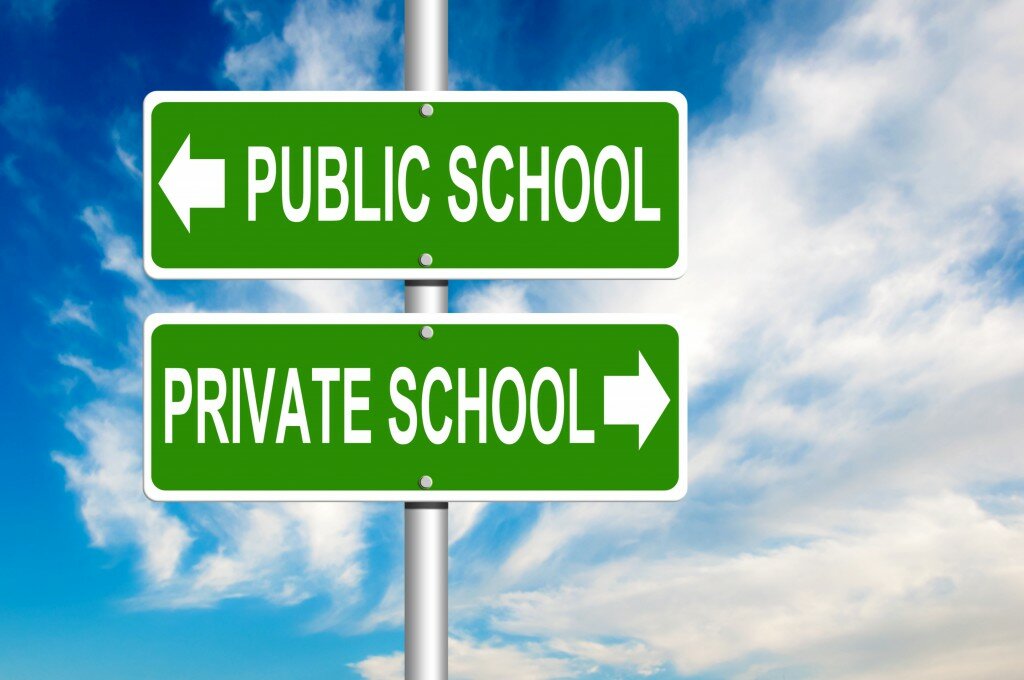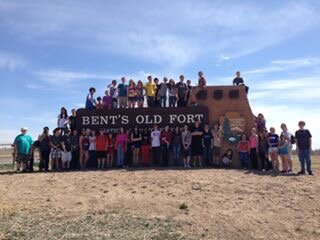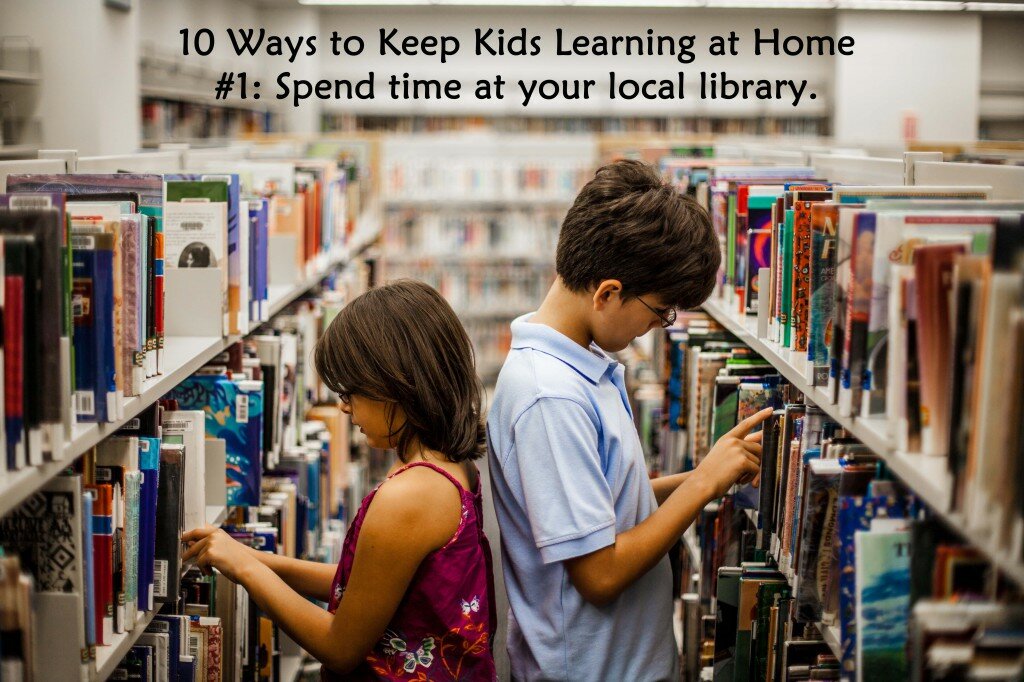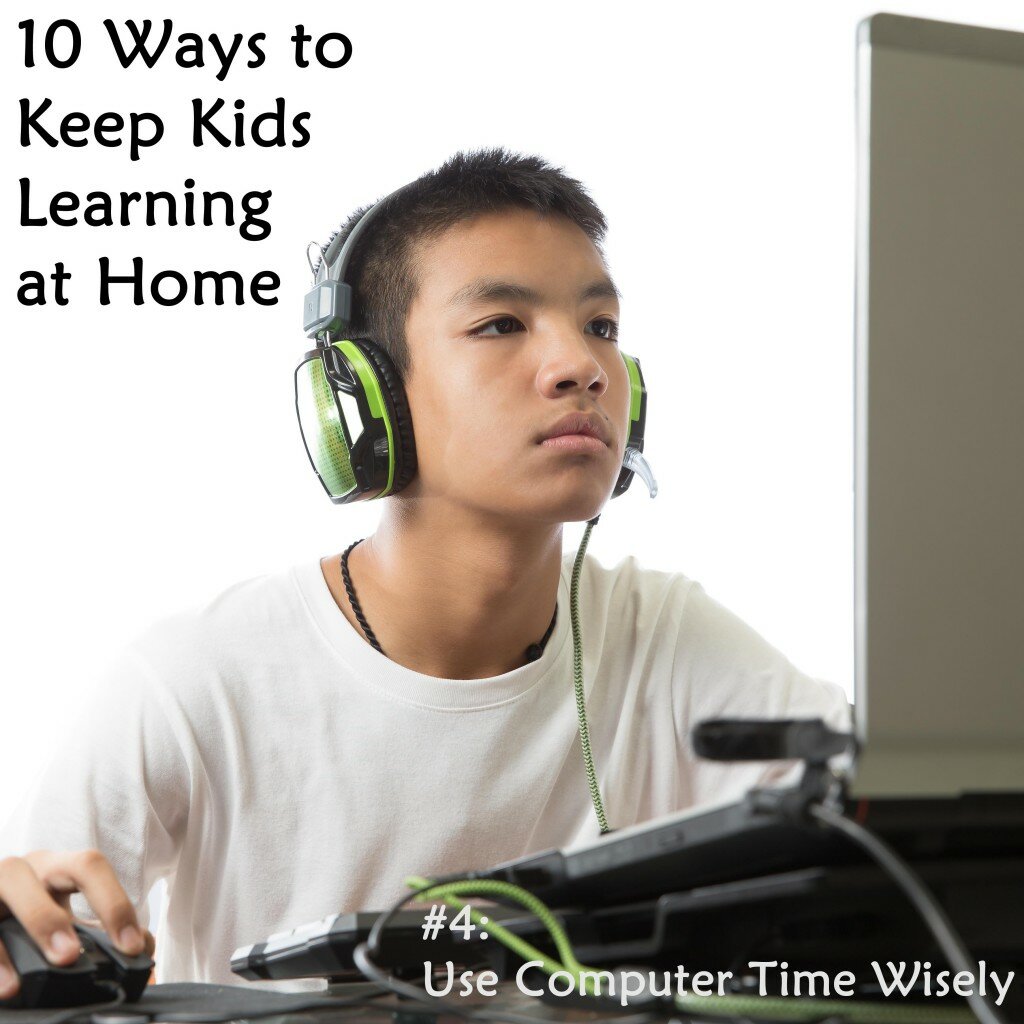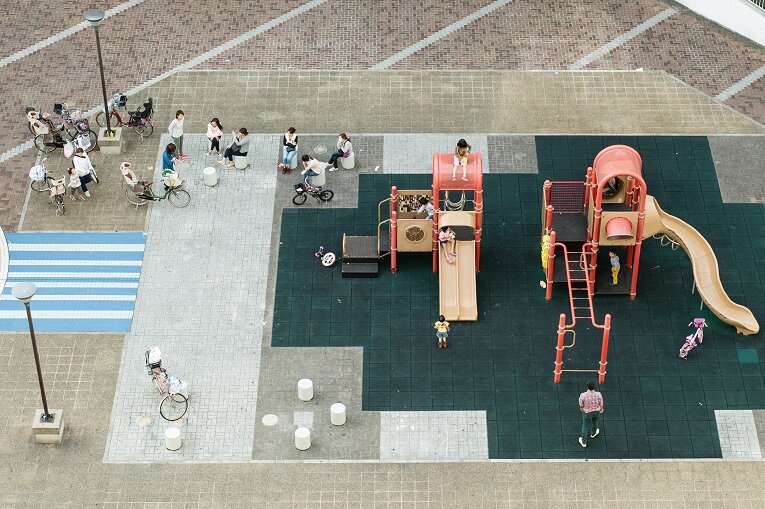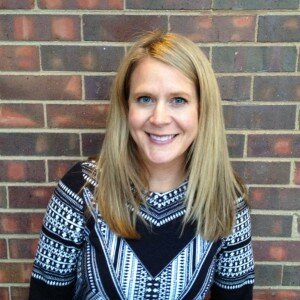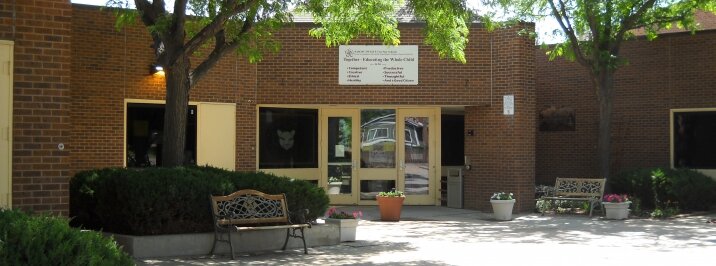Once upon a time there was an 8th grader who shadowed several high schools. After the first visit, her mother asked her what she thought about the school, to which the girl quickly replied, “it was great and I think it is my first choice!” A bit surprised, yet encouraged by her daughter’s enthusiastic and decisive answer, the mother inquired as to why. “I really liked the school colors,” the girl replied.
Just a few blocks away, another 8th grader was shadowing several high schools. After the first visit, his mother asked him what he thought about the school, to which the boy quickly replied, “it was great and I think it’s my first choice!” A bit surprised, yet encouraged by her son’s enthusiastic and decisive answer, the mother inquired as to why. “They had a really good lunch,” the boy replied.
 Both of the mothers experienced the same feelings of disappointment and frustration. They knew that deciding where to go to high school was an important decision. How, they wondered, could their children approach it with such a lack of maturity and sophistication? Didn’t they understand the importance of the decision and the ramifications it would have on their future?
Both of the mothers experienced the same feelings of disappointment and frustration. They knew that deciding where to go to high school was an important decision. How, they wondered, could their children approach it with such a lack of maturity and sophistication? Didn’t they understand the importance of the decision and the ramifications it would have on their future?
Then they remembered an important fact: their children were just that – children.
Thirteen year-olds should not be expected to demonstrate the same level of critical thinking and good judgment as adults. And that is why 13 year-old shouldn’t be deciding where to go to high school.
Over the years, I’ve heard people talking about the high school selection process and how they were simply going to let their child decide. I remember being surprised that parents would give their children so much control over such an important decision but figured they had good, smart, responsible kids and that I simply didn’t understand how it all worked since my daughter was much younger.
Fast forward several years and now we are in the process of selecting a high school…and I can’t imagine letting my daughter decide. She is good and smart and responsible and she absolutely will be part of the decision. Our daughter is fully participating in the process. She has done research on school websites, talked to friends, and visited/shadowed several schools. She is getting information and forming opinions. We very much want to hear her thoughts and opinions and we will seriously consider her input and preferences. However, we will not abdicate the decision, and in so doing, abdicate our responsibility as parents.
Kids need parents to help them navigate through life and I believe that parents do know best when it comes to their kids. School colors and hot lunches certainly can be considered in the high school decision process but they shouldn’t be the driving factors.
 |
| 


